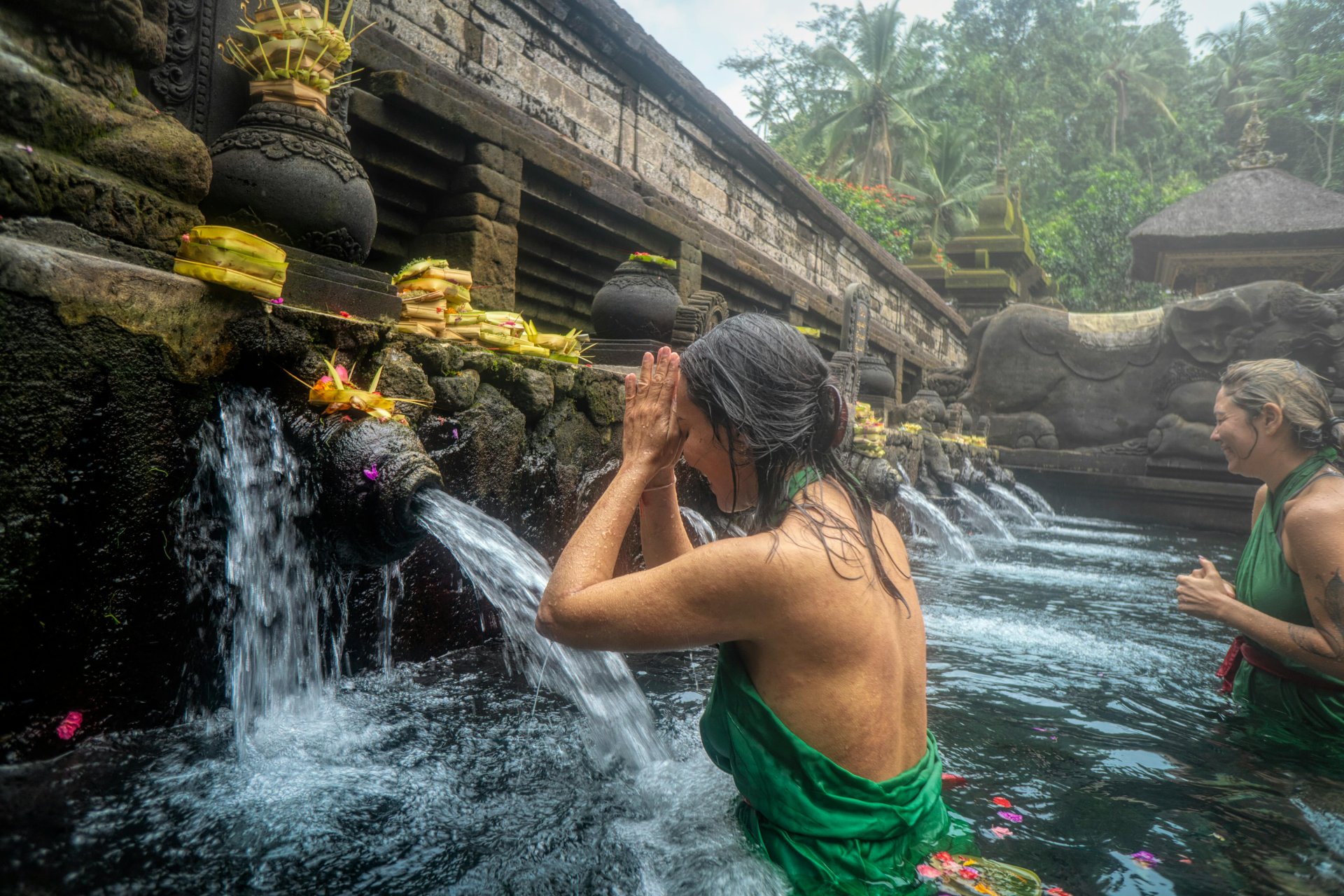Related Posts

Oct 31, 2025 5 mins read
Overlanding the Silk Road and Asia’s Wild Frontiers

Oct 30, 2025 7 mins read
From Vatican City to Mecca: The Rise of Religious Tourism

Oct 28, 2025 5 mins read
Electronic Health Record Programs: How Travelers Carry Medical Records Anywhere

Oct 22, 2025 6 mins read
Cape Town Culture Code for Savvy Travelers

Oct 21, 2025 6 mins read
From Transylvania to Chernobyl: A Halloween Traveler’s Dark Tourism Guide

Oct 17, 2025 5 mins read
Digital Passports Take Flight: Travelers Weigh Convenience Against Concerns

Oct 16, 2025 3 mins read
Paradise With a Policy: Why Oceania Demands Medical Insurance

Oct 14, 2025 5 mins read
Deer Hunting With Crossbows and More Global Rule Changes
Mobile Apps:
- Global Rescue Mobile Apps are designed for operation on the current versions of Android and iOS operating systems. Availability of services is subject to your equipment compatibility, connectivity and signal in your location. There is no guarantee that all features and functionality will be available in your location. Use and availability of the Mobile Apps are subject to your service provider’s plan and may be subject to additional fees from your provider. The download and use of a Global Rescue Mobile App is subject to the terms of your Member Services Agreement and the applicable End User License Agreement (EULA).
General TotalCare Disclaimer:
- ©2025 Global Rescue LLC. TotalCare and the TotalCare logo are service marks of Global Rescue LLC. All Rights Reserved. Global Rescue LLC provides technical and administrative services to Elite Medical Group, P.C. (“Elite Medical”), a professional corporation owned by licensed physicians that employs or contracts with physicians licensed to practice medicine where medical services are provided. It is not guaranteed that a prescription will be written, nor will any DEA controlled substances, non-therapeutic drugs and certain other drugs which may be harmful because of their potential for abuse, as a result of a TotalCare consultation. Elite Medical physicians reserve the right to deny care for potential or actual misuse of services. The Global Rescue Mobile App is designed for operation on the current versions of Android and iOS operating systems. Availability of services is subject to your equipment compatibility, connectivity and signal in your location. There is no guarantee that all features and functionality will be available in your location. Use and availability of the Mobile App is subject to your service provider’s plan and may be subject to additional fees from your provider.
Extended Plan TotalCareSM:
- For individuals 85+, medical transport is not included in membership. Members 85+ may purchase medical transport on a fee for service basis.
Mobile Apps:
- Global Rescue Mobile Apps are designed for operation on the current versions of Android and iOS operating systems. Availability of services is subject to your equipment compatibility, connectivity and signal in your location. There is no guarantee that all features and functionality will be available in your location. Use and availability of the Mobile Apps are subject to your service provider’s plan and may be subject to additional fees from your provider. The download and use of a Global Rescue Mobile App is subject to the terms of your Member Services Agreement and the applicable End User License Agreement (EULA).

